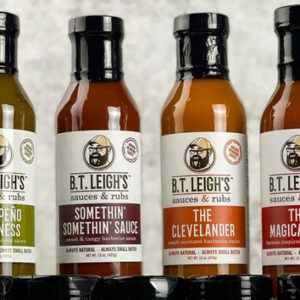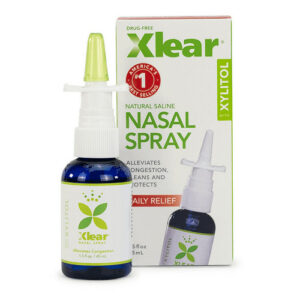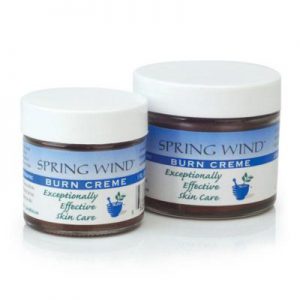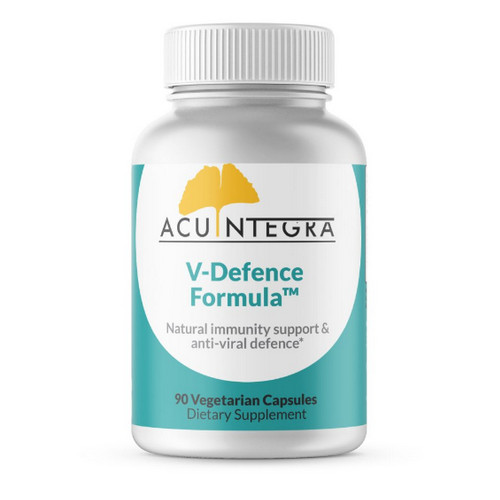In Part 1, I wrote about why many of the drinks waiting on store shelves really aren’t good for you because of the sugar in them. I didn’t really touch on the chemicals in them that we might be concerned about, but let’s just say most drinks you can buy aren’t good for you. It’s that simple. Even water can be a concern because of the leaching of chemicals from the plastic- in many cases, we don’t know if they are bad but we also can’t say they are good because it simply hasn’t been studied long-term. So what to drink? Many patients fear that giving up sweet drinks means a life of drinking only water. Never fear, there is hope! Welcome to the wonderful world of teas and tisanes.
Studies have found that some teas may help with cancer, heart disease, and diabetes; encourage weight loss; lower cholesterol, and bring about mental alertness. Tea also appears to have antimicrobial qualities.
“There doesn’t seem to be a downside to tea,” says American Dietetic Association spokeswoman Katherine Tallmadge, MA, RD, LD. “I think it’s a great alternative to coffee drinking. First, tea has less caffeine. It’s pretty well established that the compounds in tea – their flavonoids – are good for the heart and may reduce cancer.”
There is significant literature on the health benefits of tea that I won’t repeat here, but the short version is for most people teas and tisanes are a healthy beverage choice with many varieties and flavors to choose from.
Let’s start with tisanes since most of you are already familiar with teas. Tisanes have no caffeine and depending on the ingredients you choose can have a wide variety of health benefits. The challenge is finding the ingredients locally because many haven’t made their way mainstream yet. Some Asian or international markets will have some. We carry some of these harder to find tisane ingredients for sale in loose form for our communities. They can be brewed and enjoyed hot or cold. In addition to many varieties made from herbs and fruits, a popular tisane is a rooibos. Rooibos teas are a naturally sweet and sometimes nutty herbal tea made from the South African Red Bush. The rooibos tea processing method involves harvesting the red bush leaves, followed by grinding and bruising of the leaves.
Most grocery stores have a wide selection of tisanes (or herbal teas). I recommend reading the labels and selecting those that are organic and without synthetic ingredients. You can even make your own at home from dried or fresh mint, organic citrus peels, fresh ginger, cinnamon...the options are endless.
Teas come in so many varieties- there is a whole world of flavors to explore. Here’s a quick summary of types, all are made from the Camellia sinensis plant:
Black tea made by a process of withering then rolling the tea leaves followed by a long period of fermentation. Then the black tea leaves are fired resulting in a loose leaf black tea with a complex yet recognizable smell and full-bodied, strong flavor.
Need some inspiration for your own teas or tisanes? Here are some of my favorites:
If you need help selecting a tisane specifically designed to support your health needs let us know during your next appointment! Do you regularly drink teas or tisanes? What is your favorite?
References:
Tea: A drink made by steeping the leaves of a type of Camellia sinensis in hot water.
Tisane: An infusion of leaves or flowers used as a beverage, e.g. an herbal tea.
http://www.webmd.com/diet/features/tea-types-and-their-health-benefits



